
How to Use ME60N03 4-Channel Mosfet Rotated: Examples, Pinouts, and Specs
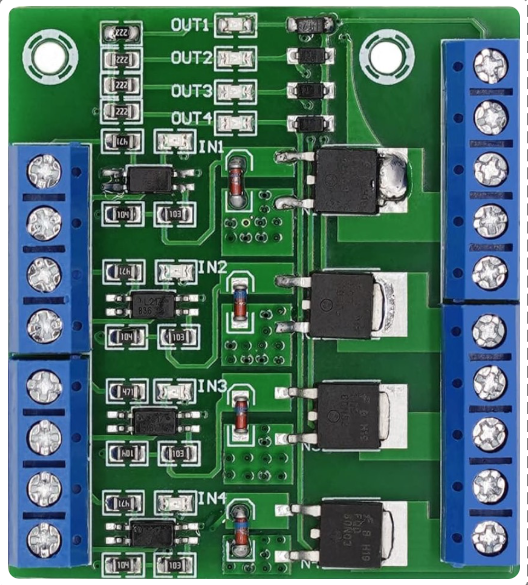
 Design with ME60N03 4-Channel Mosfet Rotated in Cirkit Designer
Design with ME60N03 4-Channel Mosfet Rotated in Cirkit DesignerIntroduction
The ME60N03 4-Channel MOSFET is a versatile electronic component designed for efficient switching applications. It features low on-resistance and high-speed performance, making it ideal for power management in various electronic circuits. This component integrates four independent N-channel MOSFETs into a single package, simplifying circuit design and reducing board space.
Explore Projects Built with ME60N03 4-Channel Mosfet Rotated
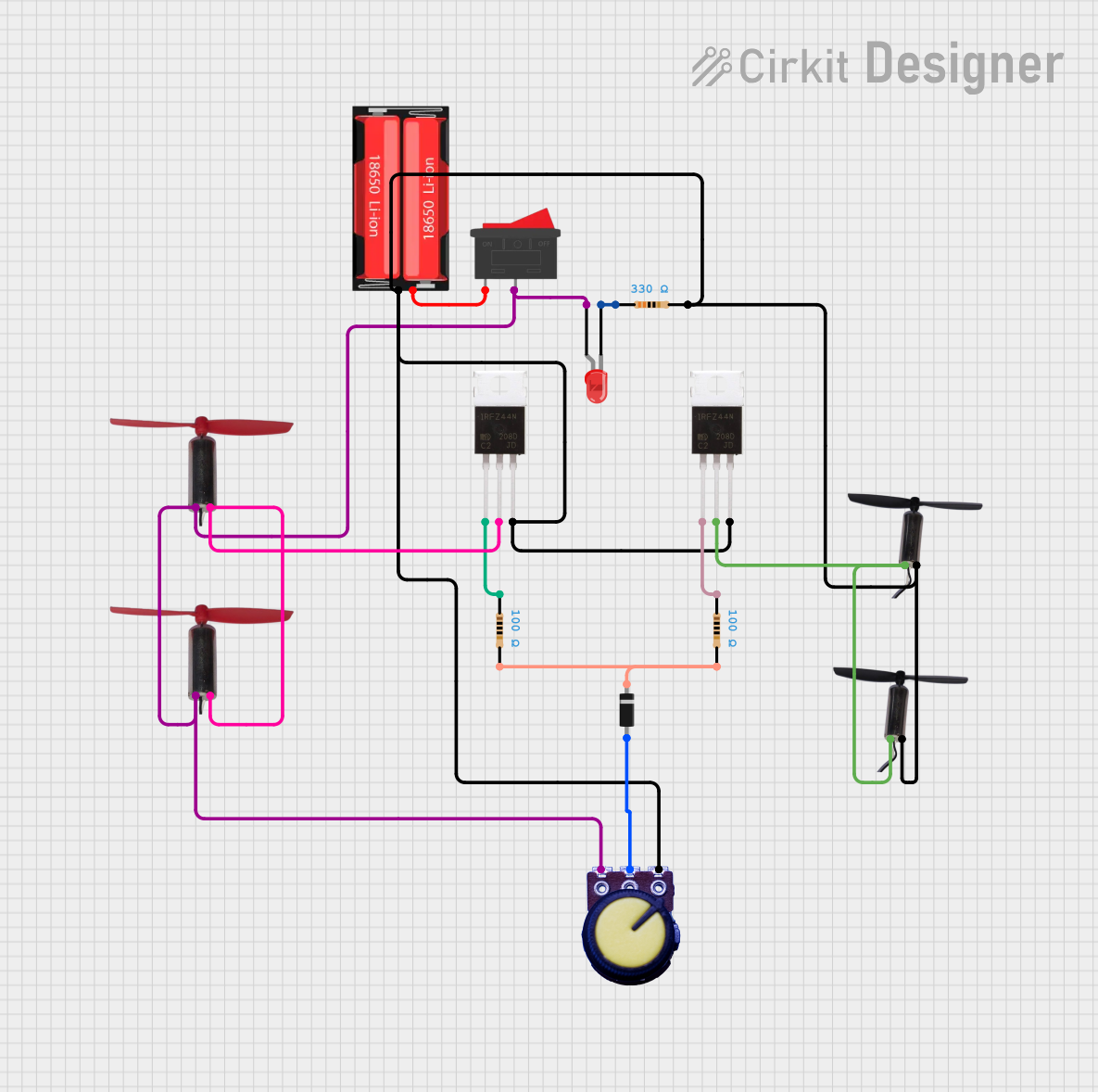
 Open Project in Cirkit Designer
Open Project in Cirkit Designer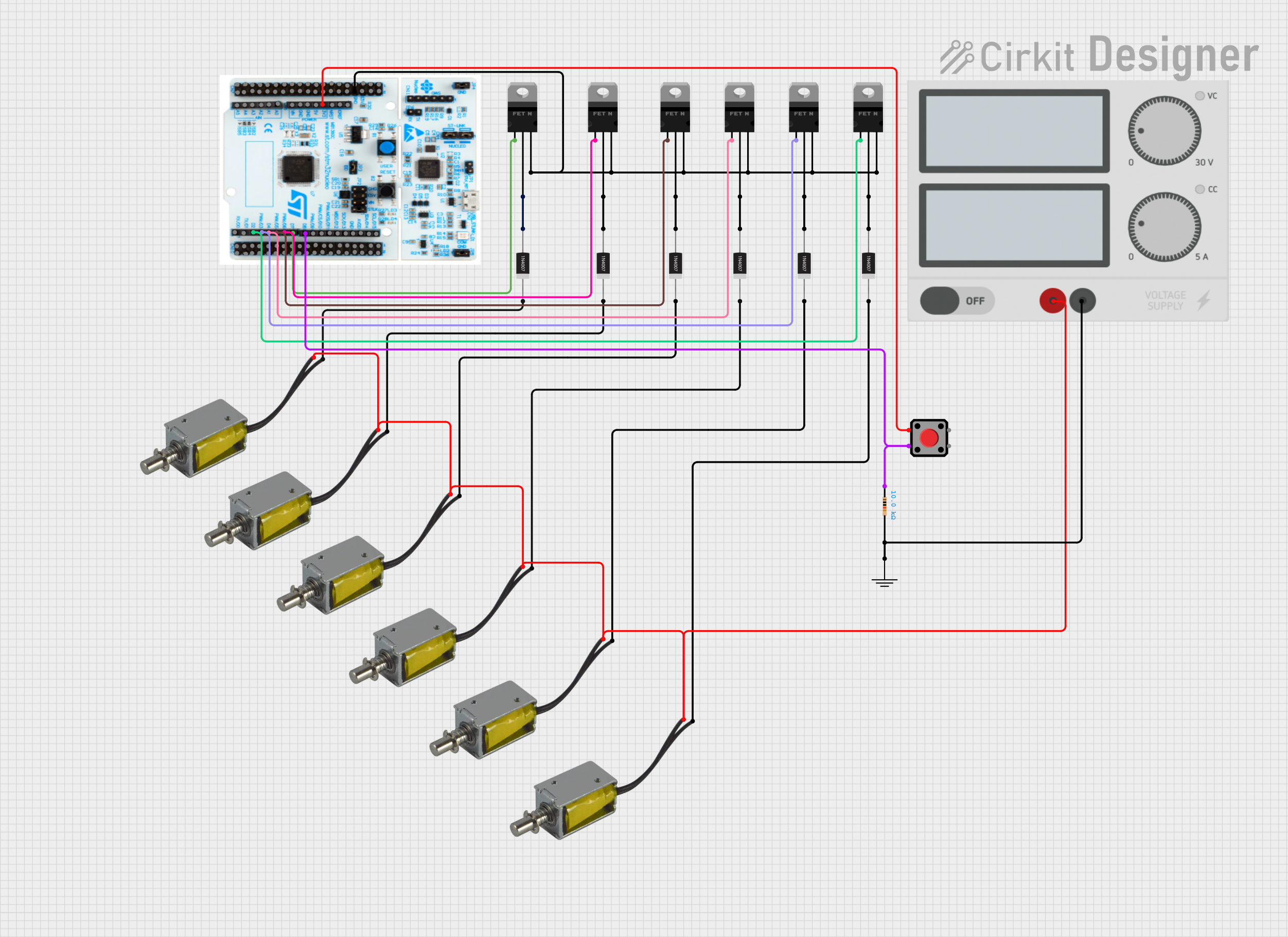
 Open Project in Cirkit Designer
Open Project in Cirkit Designer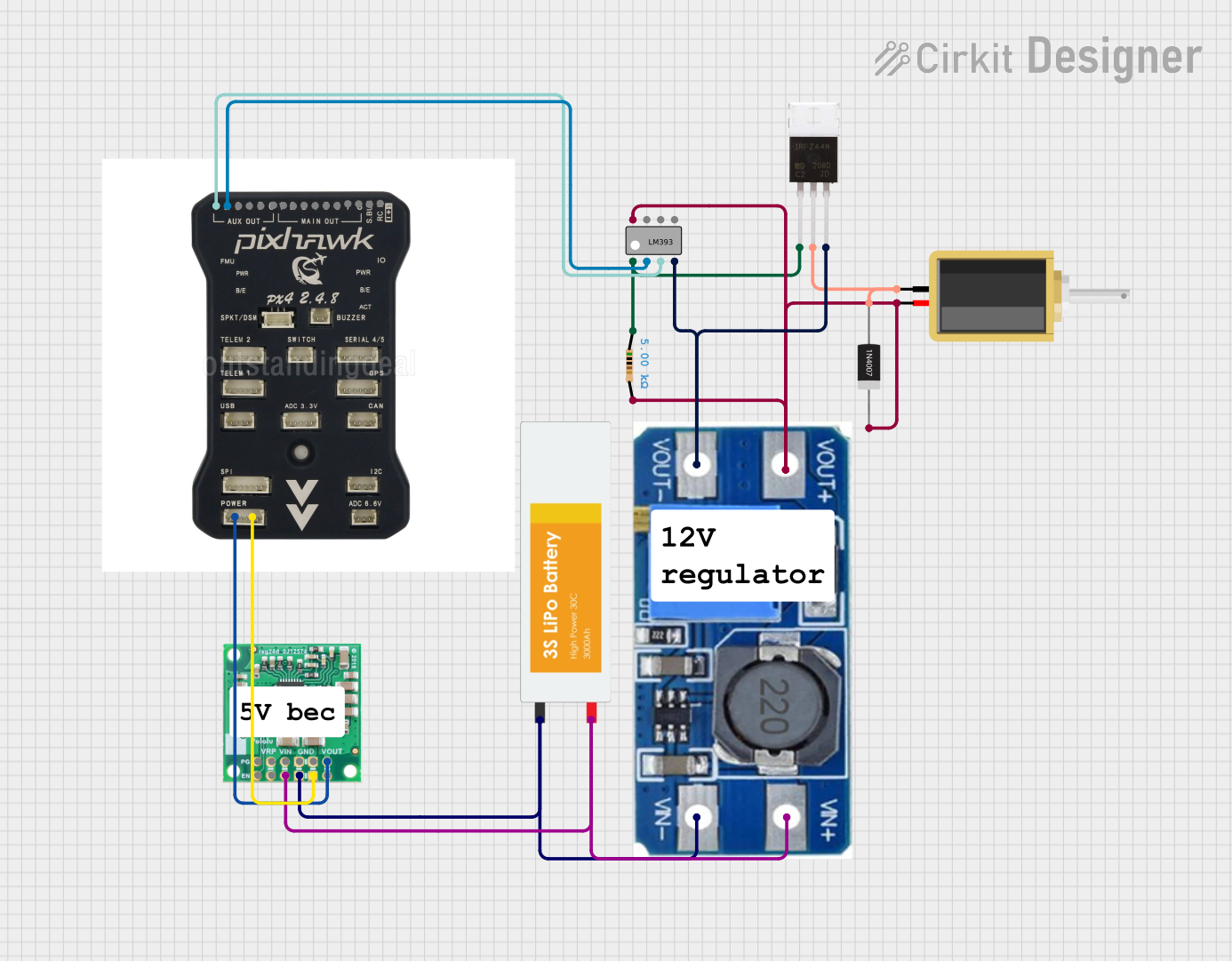
 Open Project in Cirkit Designer
Open Project in Cirkit Designer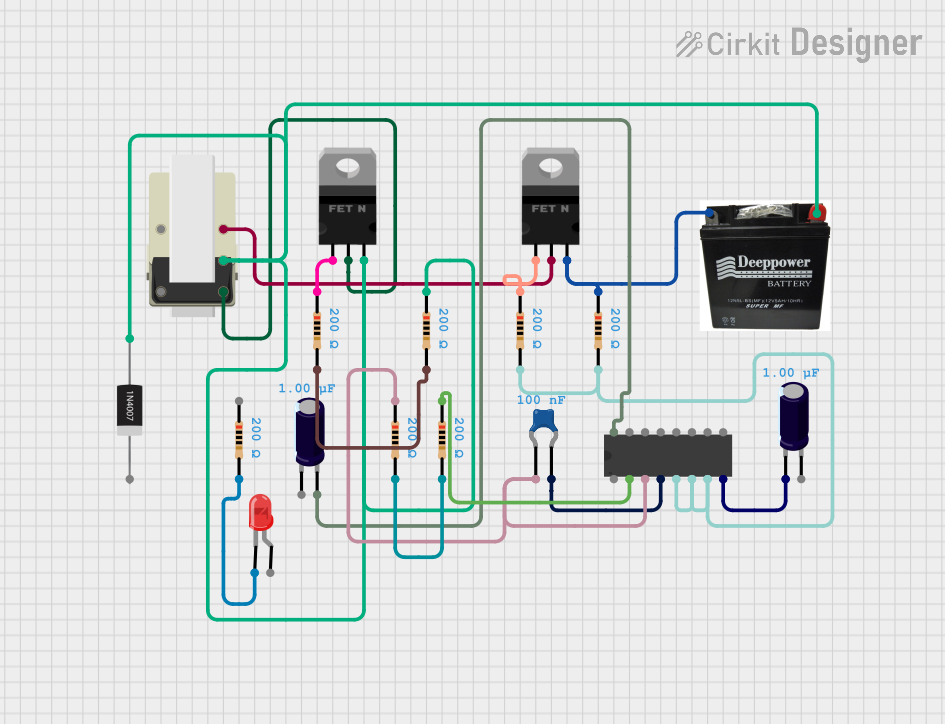
 Open Project in Cirkit Designer
Open Project in Cirkit DesignerExplore Projects Built with ME60N03 4-Channel Mosfet Rotated

 Open Project in Cirkit Designer
Open Project in Cirkit Designer
 Open Project in Cirkit Designer
Open Project in Cirkit Designer
 Open Project in Cirkit Designer
Open Project in Cirkit Designer
 Open Project in Cirkit Designer
Open Project in Cirkit DesignerCommon Applications and Use Cases
- Motor control in robotics and automation
- LED dimming and lighting systems
- DC-DC converters and power supplies
- Battery management systems
- General-purpose switching in embedded systems
Technical Specifications
The ME60N03 4-Channel MOSFET is designed to handle medium to high power loads with excellent efficiency. Below are its key technical specifications:
| Parameter | Value |
|---|---|
| Manufacturer Part ID | ME60N03 4-Channel MOSFET |
| Type | N-Channel MOSFET |
| Number of Channels | 4 |
| Maximum Drain-Source Voltage (VDS) | 30V |
| Maximum Gate-Source Voltage (VGS) | ±20V |
| Continuous Drain Current (ID) | 60A (per channel) |
| On-Resistance (RDS(on)) | 0.012Ω (typical) |
| Maximum Power Dissipation | 50W (per channel) |
| Switching Speed | High-speed |
| Package Type | Multi-channel package |
| Operating Temperature | -55°C to +150°C |
Pin Configuration and Descriptions
The ME60N03 4-Channel MOSFET has multiple pins for each channel. Below is the pin configuration:
| Pin Number | Pin Name | Description |
|---|---|---|
| 1 | Gate 1 | Gate terminal for Channel 1 |
| 2 | Drain 1 | Drain terminal for Channel 1 |
| 3 | Source 1 | Source terminal for Channel 1 |
| 4 | Gate 2 | Gate terminal for Channel 2 |
| 5 | Drain 2 | Drain terminal for Channel 2 |
| 6 | Source 2 | Source terminal for Channel 2 |
| 7 | Gate 3 | Gate terminal for Channel 3 |
| 8 | Drain 3 | Drain terminal for Channel 3 |
| 9 | Source 3 | Source terminal for Channel 3 |
| 10 | Gate 4 | Gate terminal for Channel 4 |
| 11 | Drain 4 | Drain terminal for Channel 4 |
| 12 | Source 4 | Source terminal for Channel 4 |
Usage Instructions
How to Use the ME60N03 in a Circuit
- Power Supply: Ensure the power supply voltage does not exceed the maximum drain-source voltage (30V).
- Gate Drive: Use a gate voltage (VGS) between 0V and 20V to control the MOSFET. A typical value of 10V is recommended for full switching.
- Load Connection: Connect the load between the drain terminal and the positive supply voltage.
- Source Connection: Connect the source terminal to ground.
- Gate Resistor: Use a resistor (e.g., 10Ω) in series with the gate to limit inrush current and prevent damage to the gate.
Important Considerations and Best Practices
- Heat Dissipation: Ensure proper heat sinking or cooling to manage power dissipation, especially when operating at high currents.
- Switching Speed: Use a gate driver circuit for fast switching applications to minimize switching losses.
- Parasitic Inductance: Minimize trace lengths and use proper PCB layout techniques to reduce parasitic inductance.
- Protection: Add a flyback diode across inductive loads to protect the MOSFET from voltage spikes.
Example: Controlling an LED with Arduino UNO
Below is an example of using the ME60N03 to control an LED with an Arduino UNO:
// Define the pin connected to the MOSFET gate
const int mosfetGatePin = 9;
void setup() {
// Set the MOSFET gate pin as an output
pinMode(mosfetGatePin, OUTPUT);
}
void loop() {
// Turn the LED on by driving the MOSFET gate high
digitalWrite(mosfetGatePin, HIGH);
delay(1000); // Keep the LED on for 1 second
// Turn the LED off by driving the MOSFET gate low
digitalWrite(mosfetGatePin, LOW);
delay(1000); // Keep the LED off for 1 second
}
Note: Use a current-limiting resistor in series with the LED to prevent overcurrent.
Troubleshooting and FAQs
Common Issues and Solutions
MOSFET Overheating
- Cause: Insufficient heat dissipation or excessive current.
- Solution: Use a heat sink or cooling fan, and ensure the current is within the rated limit.
MOSFET Not Switching
- Cause: Insufficient gate voltage or incorrect wiring.
- Solution: Verify the gate voltage is at least 10V for full switching. Check the wiring.
Voltage Spikes Damaging the MOSFET
- Cause: Inductive loads causing flyback voltage.
- Solution: Add a flyback diode across the load to suppress voltage spikes.
Low Efficiency
- Cause: High on-resistance or slow switching.
- Solution: Ensure the gate is driven with a proper voltage and use a gate driver for fast switching.
FAQs
Q1: Can I use the ME60N03 for AC applications?
A1: No, the ME60N03 is designed for DC applications only. For AC applications, consider using a TRIAC or other suitable components.
Q2: What is the maximum PWM frequency for this MOSFET?
A2: The maximum PWM frequency depends on the gate drive circuit and load. Typically, it can handle frequencies up to 100kHz with proper gate driving.
Q3: Can I parallel multiple channels for higher current?
A3: Yes, you can parallel channels, but ensure proper current sharing by using small resistors in series with each source terminal.
Q4: Is the ME60N03 suitable for low-voltage logic control?
A4: The ME60N03 requires a gate voltage of at least 10V for full switching. Use a level shifter or gate driver if controlling with low-voltage logic (e.g., 3.3V).